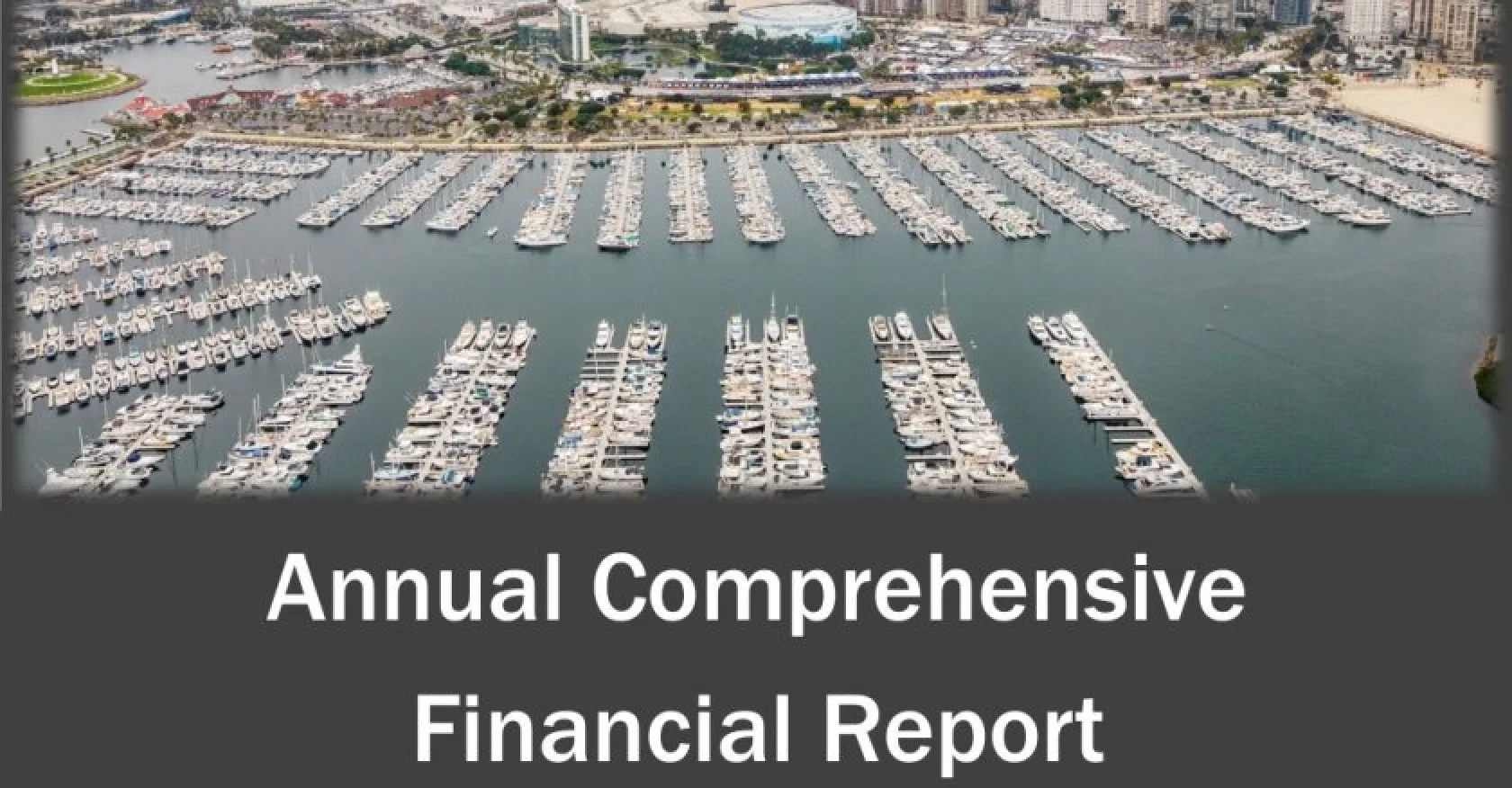
Federal legislation requiring machine-readable reporting has its critics, but it would go a long way toward modernizing how data is collected, used and shared. It also could lower borrowing costs for states and localities.
Congress may soon pass the Financial Data Transparency Act (FDTA), which would require certain regulatory agencies to adopt data standards that would increase transparency and make financial information more easily accessible. In effect, the legislation would require data reported on behalf of municipal bond issuers to the Municipal Securities Rulemaking Board to be in a machine-readable format instead of the current PDF document format.
The FDTA is part of a larger trend already underway to modernize how governments at all levels collect, use and share data with the public. We believe the long-term upsides of streamlined reporting and increased transparency far outweigh any short-term transition costs.
Some groups associated with municipal governments and public finance are arguing that the FDTA would create an unfunded burden for them to change how they report financial data. They also object to standards being imposed from the top down without giving municipal stakeholders a seat at the table. We agree that local governments will need resources to implement the act and that they should be involved in designing the data standards. In fact, we’ve already gotten a significant head start in tackling these challenges.
Last year, the University of Michigan Center for Local, State and Urban Policy and the city of Flint, Mich., teamed up with a nonprofit data standard-setter, XBRL US, to create and pilot an open data standard for government financial reporting. With funding from the C.S. Mott Foundation, we designed an XBRL data standard based on annual comprehensive financial reports (ACFRs), the most important source of local government financial data.
Local governments like Flint use the data in their ACFRs to generate multiple reports to state and federal agencies, the bond market, the Census and the public. The process is duplicative, labor-intensive and prone to error. With open data standards, local governments can generate the data one time and make it instantly available to all stakeholders in a digital format that is searchable, sortable and more user-friendly.
Today, if someone — say a municipal investor, a researcher, a labor negotiator or a reporter — wanted to learn about Flint’s pension plan, for example, they could download a PDF version of its most recent financial statements and flip through to the pages describing the plan. Then if they wanted to do any kind of analysis, they would need to look up PDFs for other years and copy the data into a spreadsheet.
Using a data standard does not prescribe a one-size-fits-all template or change the meaning of any data points — it simply digitizes them. Flexibility is built in both for those who report and those who use data. Any state or regulatory body could start with the basic data standard we have designed and layer in its own specific reporting requirements, as we have already done for several Michigan reporting requirements as well as for the federal Single Audit report.
To implement this data standard, we used commercially available software donated by Workiva to convert Flint’s most recent financial statements into XBRL format. Because XBRL is an open standard that is used around the world, including by U.S. public companies to report to the Securities and Exchange Commission and local governments in other countries, there are many software options available at various price points. And because XBRL is an open standard — nonproprietary and royalty free — any software developer can use it to build applications and tools for local governments. In fact, one of our project goals at the University of Michigan is to create a free Excel-based tool that any local government can use for basic XBRL tagging.
An open data standard also has the potential to translate into lower costs of borrowing for state and local governments. Recent research on the municipal debt market shows that high-quality financial reporting practices improve issuer credit ratings because they reduce information asymmetries between issuers and investors and signal a commitment to sound financial management.
Working to make government financial data open and accessible to all is the right thing to do, and it is long overdue. Financial transparency is absolutely essential to maintaining trust between governments and the public, and those bonds of trust are strongest at the local level. But equally important, governments should have the resources to get the most value out of the data they already produce, to generate evidence that supports sound decision-making and that allows governments to tell their stories.
Stephanie Leiser leads the Fiscal Health Project in the Center for Local, State and Urban Policy at the University of Michigan’s Ford School of Public Policy. Robert J.F. Widigan is the chief financial officer for the city of Flint, Michigan.


